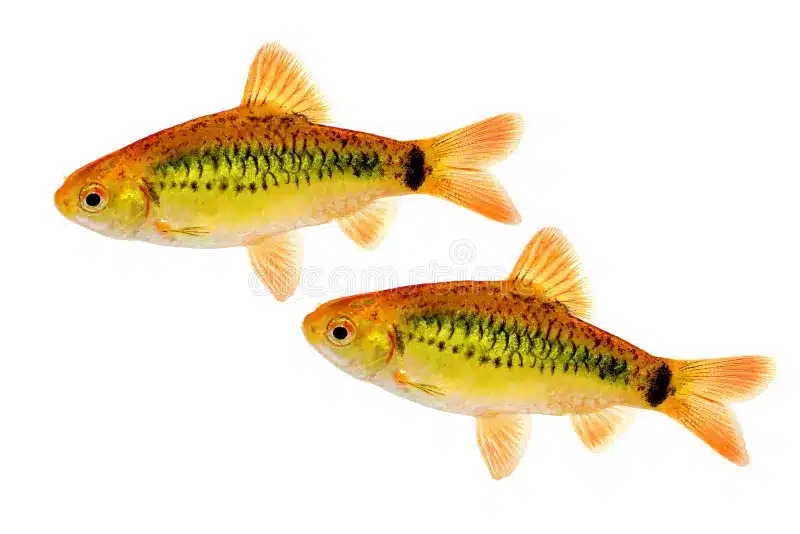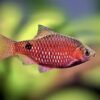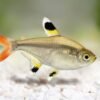To provide the best experiences, we use technologies like cookies to store and/or access device information. Consenting to these technologies will allow us to process data such as browsing behaviour or unique IDs on this site. Not consenting or withdrawing consent, may adversely affect certain features and functions.
The technical storage or access is strictly necessary for the legitimate purpose of enabling the use of a specific service explicitly requested by the subscriber or user, or for the sole purpose of carrying out the transmission of a communication over an electronic communications network.
The technical storage or access is necessary for the legitimate purpose of storing preferences that are not requested by the subscriber or user.
The technical storage or access that is used exclusively for statistical purposes.
The technical storage or access that is used exclusively for anonymous statistical purposes. Without a subpoena, voluntary compliance on the part of your Internet Service Provider, or additional records from a third party, information stored or retrieved for this purpose alone cannot usually be used to identify you.
The technical storage or access is required to create user profiles to send advertising, or to track the user on a website or across several websites for similar marketing purposes.

 Golden Eyes Vampire Crab - Geosesarma Sp. - Decapod Crustacean
1 × £8.71
Golden Eyes Vampire Crab - Geosesarma Sp. - Decapod Crustacean
1 × £8.71 













Emily Carter (verified owner) –
I recently added 6 Golden Barbs (Pethia gelius) to my 55-gallon aquarium, and I couldn’t be happier! These vibrant freshwater fish have truly brightened up my tank. After about two weeks, they’ve settled in beautifully – swimming together in a small school and showing off their bright golds and reds. I love how they interact with one another, and it’s comforting to see them enjoying their environment. Compared to other barbs I’ve kept, such as Tiger Barbs, Golden Barbs are much less nippy and more peaceful, which I appreciate as a caring fish parent.
Their hardiness is a significant plus, as they seem to adapt well to varying water conditions. I did a minor acclimation process when I introduced them, and it paid off! Just a quick tip for fellow aquarists: ensure your water parameters are stable, and these beauties will thrive. I highly recommend Golden Barbs for anyone looking to add some lively and colorful tropical fish to their freshwater setup. I’m now a dedicated fan and plan to get more soon!